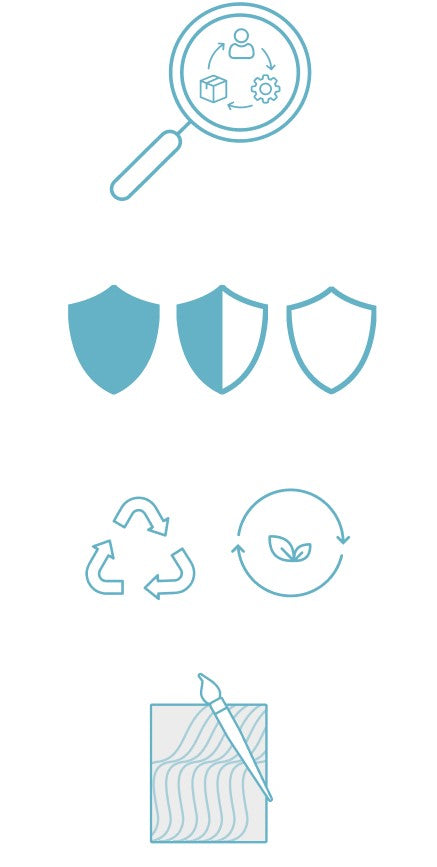-
Are you looking for sustainable, recycled or compostable shipping materials to replace your current Inner Packaging?
Then this guide is for you!
Inner packaging is essential but often overlooked, offering a great opportunity for more sustainable choices. Many brands use virgin LDPE bags, but better alternatives exist—options that reduce reliance on fossil fuels and improve recyclability. At EcoPackables, we provide solutions to help brands make smarter, eco-friendly packaging decisions. Read on for tips to enhance your inner packaging sustainability.
In This Guide
-

When to use inner packaging
When it comes to sustainable e-commerce shipping packaging for accessories, we recognize that different kinds of accessories have varying levels of need for protection. Accessories come in a wide range of types, including delicate jewelry, fragile sunglasses, shaped hats, sturdy belts, and durable shoes to name a few. Each category requires specific packaging solutions to ensure safe delivery while minimizing environmental impact.
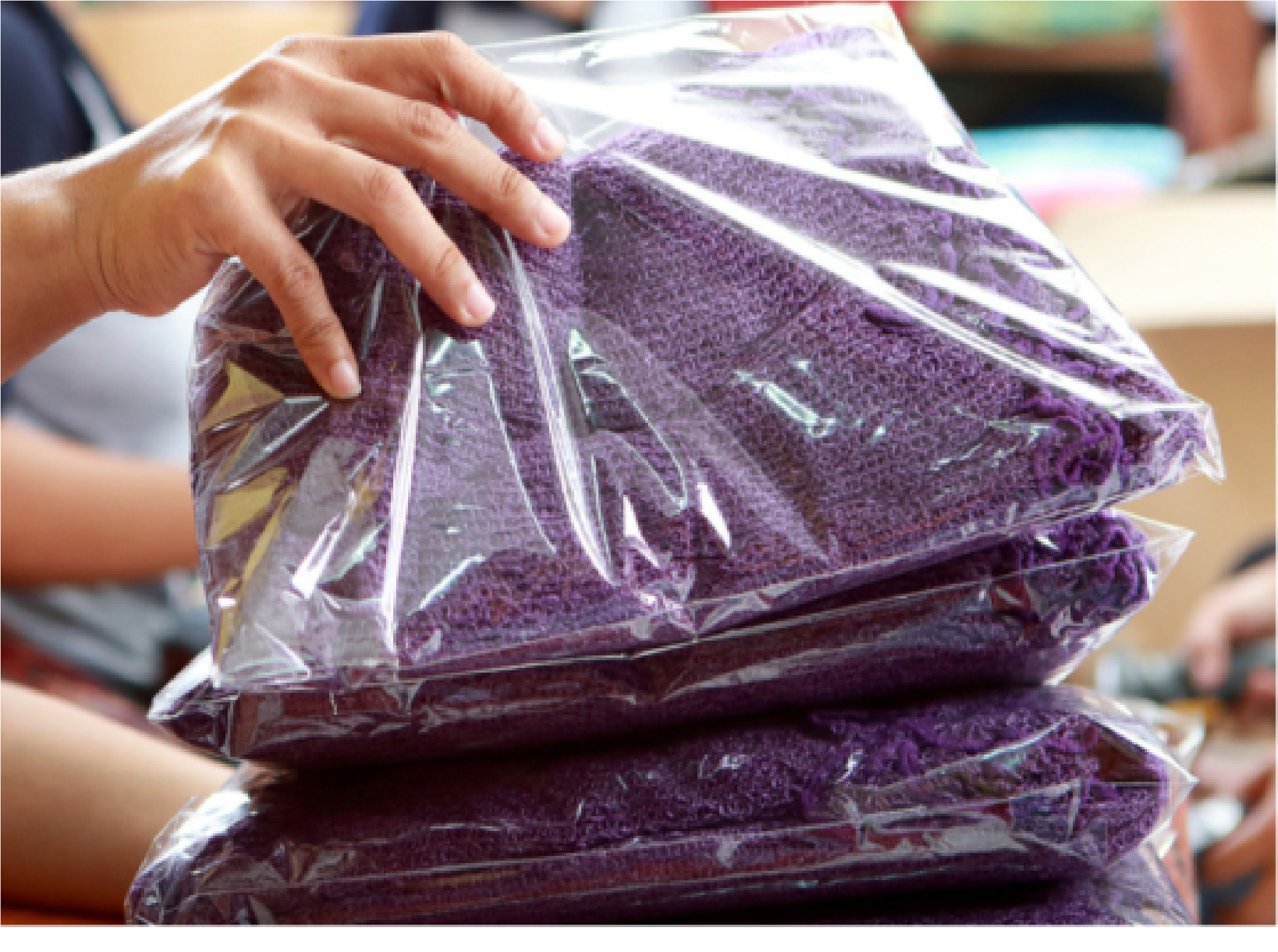
Product Visibility
Recycled poly and compostable inner packaging bags not only provide environmental benefits but can also offer the added benefit of product visibility. Our recycled poly bags and compostable bags are transparent, allowing customers to see the products inside without having to open the packaging. Using transparent packaging can also help businesses showcase their products and branding, as customers can see the products and logos from the outside

Product Containment
Proper containment through the use of inner packaging is essential when shipping products as it serves two important purposes: product protection and an appealing unboxing experience. By incorporating cushioning materials within the packaging, inner packing acts as a safeguard against shocks, vibrations, and impacts during transit, ensuring the products remain undamaged and in optimal condition upon arrival. Furthermore, inner packaging effectively keeps the items securely in their designated places, minimizing the risk of shifting, colliding, or potential damage. It always keeps products separate incase there is damage and leakage occurs. This not only ensures product integrity, but also contributes to an attractive unboxing experience for customers as they are greeted with neatly arranged and visually pleasing presentation when opening the package.
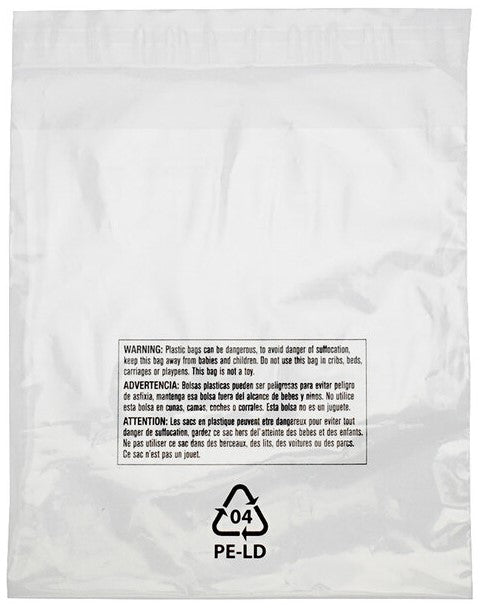
Information and Branding
Inner packaging serves as a valuable platform for communicating essential product information, instructions, and brand messaging. By incorporating labels, tags, or printed materials, it becomes possible to provide users with usage guidelines, care instructions, and even promote the brand's identity and values. Additionally, it is crucial to include relevant warnings such as suffocation risks for certain packaging materials and clear instructions on how to properly dispose of the inner packaging after use.
At EcoPackables, we understand the diverse nature of accessories and the need for tailored packaging solutions. We are committed to providing the best eco-friendly options for each type of accessory, taking into account both their protection requirements and environmental considerations. By offering a range of sustainable packaging choices, we aim to support the growth of responsible e-commerce while ensuring that every accessory arrives safely and sustainably to its destination.
Our Materials
The sustainable apparel packaging ecosystem is comprised of three main materials: Recycled Plastic, Recycled Paper and Compostables. Most sustainable packaging companies focus on one, maybe two of these materials. Here at EcoPackables, we offer all three, understanding that they each have their pros and cons, and the only way these materials will improve is by increasing demand for sustainable packaging.
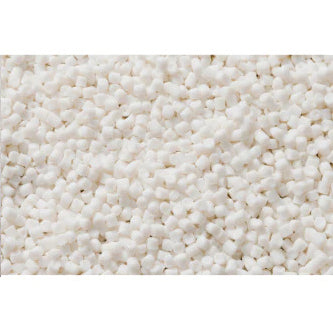
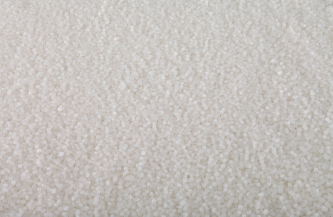

Home Compostable film
100% Recycled Plastic Film
Recycled and Responsibly Source paper
- EcoPackables D42 Resin
- Made from renewable material and compostable polymers
- Certified by the TUV and BPI for Home Compost
- Translucent
- EcoPackables D39 Resin
- Made from post-consumer recycled plastic waste
- #4 recyclable at thin-film drop-off centers
- Transparent
- Ocea™ Film
- The world's first curbside recyclable polybag
- FSC certified paper sourced from responsibly managed forests
Inner garment bags
Inner packaging is often one of the most overlooked, and wasteful parts of a brand’s packaging. Most of these are very cheap, virgin LDPE bags that are only thin-film recyclable. This means that a consumer would have to drive the bag to an eligible store that has drop-off. As you can probably infer, it’s no wonder that recycling rates for these bags are just ~7%. Fortunately, there are a number of options to make these bags more sustainable.
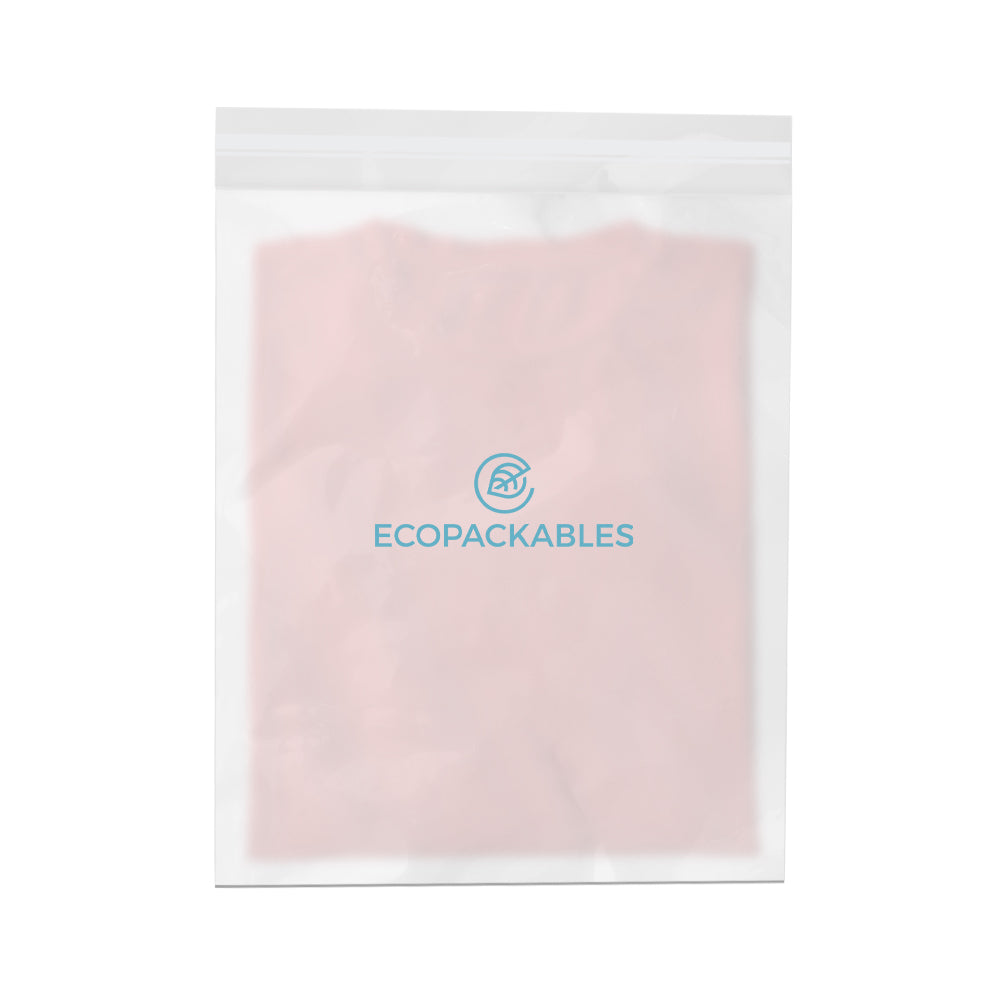
Home Compostable Polybag
Made from our D42 Film, these bags are certified by the TUV and BPI for Home Compost. The film is naturally frosted by design, giving the bag a very premium feel. Custom options available at 5,000 unit MOQs.
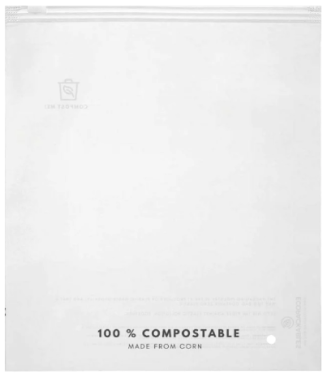

Customizations:
- Non-Toxic Reclosable Adhesive
- Home-Compostable Zip-Lock
- Home-Compostable Zipper-Pull Tab
- Print on Both Sides
- Air/Vent Holes
- Film Thicknes
Recycled Plastic Polybag
Made from our D38 Film, these bags are certified by the Global Recycling Standard to be made from 100% Recycled Content. The film is slightly less transparent than virgin poly due to the post-consumer waste used.
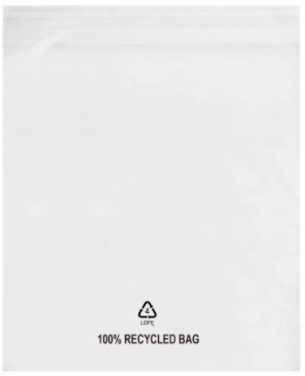
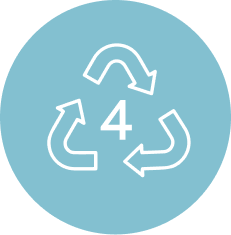
Customizations:
- Zipper-Pull Tab
- Zip-Lock
- Non-Toxic Reclosable Adhesive
- Print on Both Sides
- Air/Vent Holes
- Film Thickness
Ocea™ Bag
Made from our Ocea™ Film, the Ocea™ Bags are the world's first curbside recyclable polybags. They are translucent and made from FSC-Certified paper that is responsibly sourced, and mixed with recycled content.
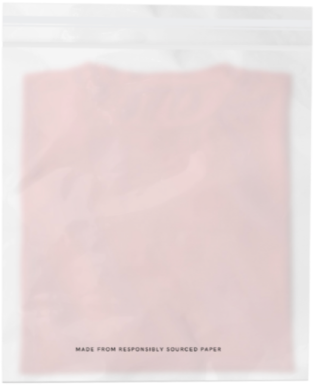
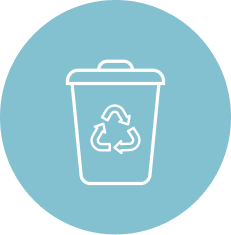
- Made from our D38 Film and GRS Certified
- Made from a blend of Pre-Consumer and Post-Consumer waste
- Zipper Options Available
- Reclosable Adhesive for Peel & Seal
- Thickness can range from 30-110 microns
- Thin-Film Recyclable
Void fill
Even the smaller aspects of packaging, including void fill and tape can make your business more sustainable. Choosing sustainable void fill options like tissue paper, paper shred, compostable peanuts, or custom corrugated inserts - available on request - can help your business reduce its carbon footprint and contribute to a healthier planet. Do what you can to avoid plastic packaging peanuts, Styrofoam, and any other non-biodegradable options.
Choosing materials with the same waste stream are more likely to be disposed of properly. If you are shipping with recyclable boxes, consider void fill and tape options that can be easily recycled along with the box. It's important to remember that even small changes can make a significant difference in reducing environmental harm, and businesses can lead the way by adopting sustainable practices in every aspect of their operations
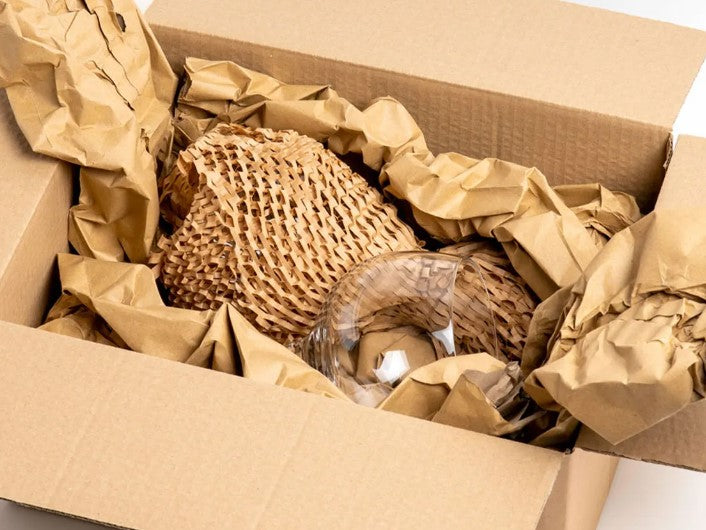
Void Fill options we can supply on request at high enough minimums:
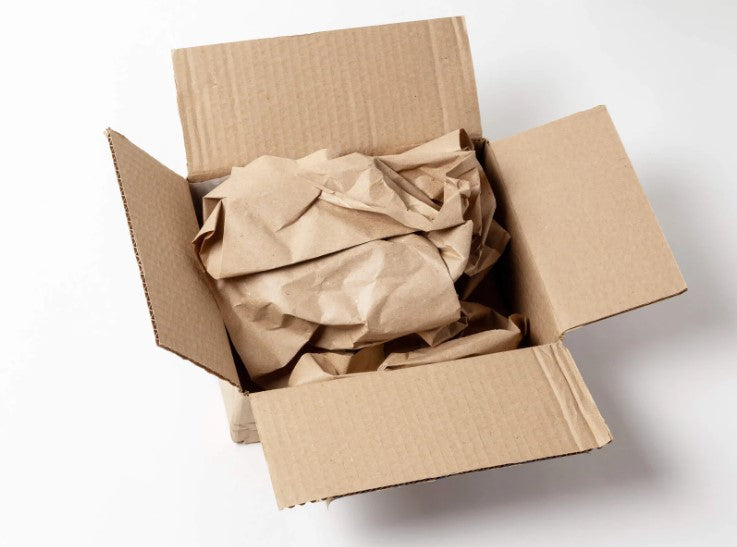

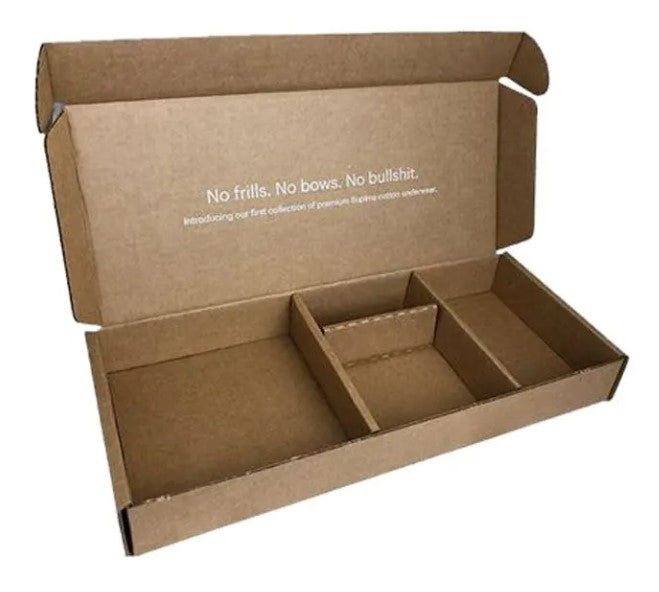
Kraft Packaging Paper
HoneyComb Paper
Corrugate Inserts
where to start
If you're interested in sustainable inner packaging, congratulations! You're taking the first step towards a more eco-friendly and responsible approach to packaging. Now that you know all of your options, let's begin your sustainable mailer packaging journey!
Step one involves understanding your specific inner packaging needs and requirements. Consider the nature of your products and the level of protection they require during transit and storage. Once you have identified your needs, the next step is to carefully choose materials that align with your sustainability goals, ensuring eco-friendly and responsible choices. With custom sizes and designs starting at 5,000 units, you can have exactly the right fit. Incorporating appropriate suffocation warnings is required for certain packaging materials, promoting safety for end-users. Clear instructions on sustainability practices and proper end-of-life disposal enable customers to play their part in environmental conservation. All of these elements can be seamlessly integrated into your print design, incorporating branding elements that reflect your company's values and identity
